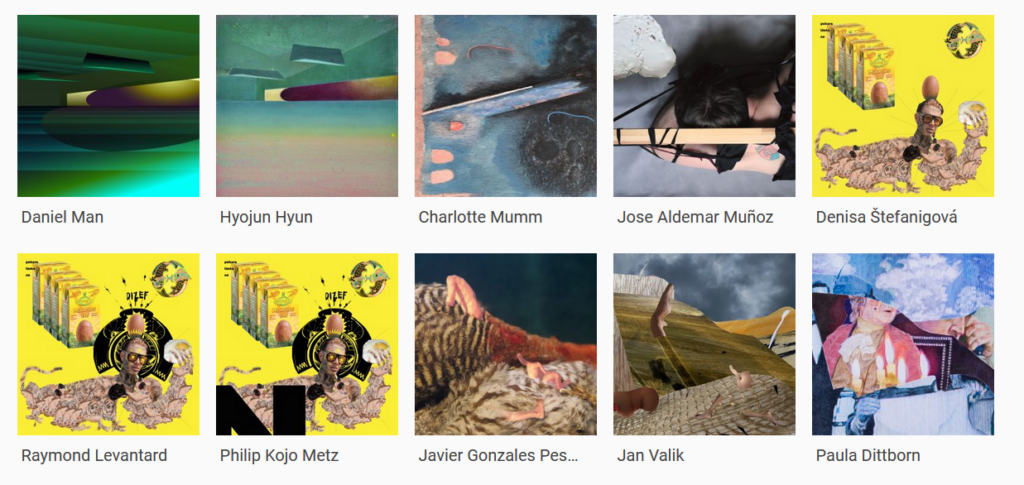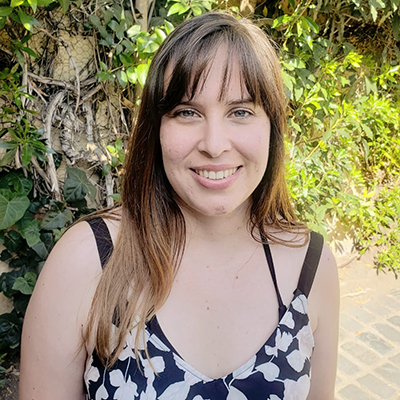Making images: intercultural dialogues (conference & exhibition)

CONCEPT OF THE PROJECT
In every culture people are making images – at least in terms of a not too narrow understanding of “image”. What differs more is the theoretical understanding of the process of image-making. In Asia, for example, image making has traditionally been seen as ritual meditation, which is connected respectively with the immersive experience of Rasa, Zen and Dao. In Western tradition the reflections focus more on philosophical analysis of image perception and reception.
Starting from a global, decolonial perspective, we focus on the discussion of various approaches to image-making, which enables us to discover blind spots and to reflect the function and limitation of categorization. Such a multi-perspective discourse will deepen the understanding of image-making as a basic human practice and thus fundamentally enrich image studies in general.The project “making images: intercultural dialogues” propose a quite new form to go into the topic of “making images” by merging a conference with an exhibition. The main goal is to carry out exchanges between image theorists and visual artists from different cultures. The exchanges will consist both in the production of images from other images and in the reflection and dialogue about the images produced.
The conference-part will be structured in a schedule of dialogues between one theorist and one practitioner from different cultural circles – instead of the commonly used form of single presentations with discussions. The exhibition-part will be realised by a visual based communication between the artists. To achieve a real interweaving connection between the exhibition and the conference – or between practice and theory – the artistic dialogue partners of the conference will be at the same time participants of the exhibition. Furthermore, the pictures in the exhibition will serve as visual basis for the dialogues.
CONCEPT OF THE EXHIBITION
Ten “image makers” from all over the world participate in a visual-artistic dialogue from which an image chain emerges. Those images will be presented in the exhibition during the conference and thus serve as visual basis for the dialogues. The idea is, that each participating artist reply with his or her image-making to an image produced by another artist. The identity of the artists will not be published, not even to the other artists. Instead, the idea is, that the artists only focus on the image they will receive and to elaborate their reply to that specific visual message from the unknown college of them. They can choose the kind of their reply they want to formulate with their image: a continuation, a dissent, a question, an answer, a development, etc. The only condition is, that they really reply to that specific image they will receive, with its specific colours, shapes and its content – as far as they understand it. Furthermore, they can choose the technique(s) they want to work with.
The artists will communicate with each other only through their image with its pure “language” of colour and shape and its content, message or sense and, therefore, the image chain will reveal the intercultural potential of imagery for human communication and culture.
CONCEPT OF THE CONFERENCE
The schedule of the conference will be structured by dialogues – each one between one scientist and one artist, both from different cultural backgrounds. As all participating artists in the conference are also participating in the exhibition, the image that was produced by the artist in the context of the image chain could serve as example to the subject of “Making Images”.
The image chain itself evokes reflexions about imagery. First of all, the participating artists are confronted with an image-message from an unknown artist with an unknown cultural background. This message is not framed by any verbal context and free from any linguistic categories like question, statement, dissent, assumption or respond. Each artist is challenged to respond to that given and uncontrolled message with his own. Like in every communication, the degree of agreement or concordance / accordance between message and reply can differ. In contrast to verbal communication, the concordance of image communication can evolve a much broader variety not only concerning degree but also quality, because of the endless variety of colour and shape, the “vocabulary” of image communication. And, as another difference to verbal communication, opposites like understanding and misunderstanding or truth and falsehood are questionable.
The image chain can be understood as an exemplification of image communication and therefore can serve as example for theoretical reflexions about imagery (Bildlichkeit) in general and in the dialogues of the conference. Possible topics and questions could be: How was/is the subject of making images described and discussed in respective cultures? How do these different theories enrich the understanding of image, image communication and thus develop the concept of imagery? Which procedures – such as assimilating the visual world, visualizing imaginations, following or breaking rules, playing with coincidences, exploring materials and media etc. – are regarded as crucial for image culture? Which mental processes are incorporated in these procedures? How does a meaning or message of an image emerge from all these factors? Each dialogue couple can choose their own topic to focus on.







